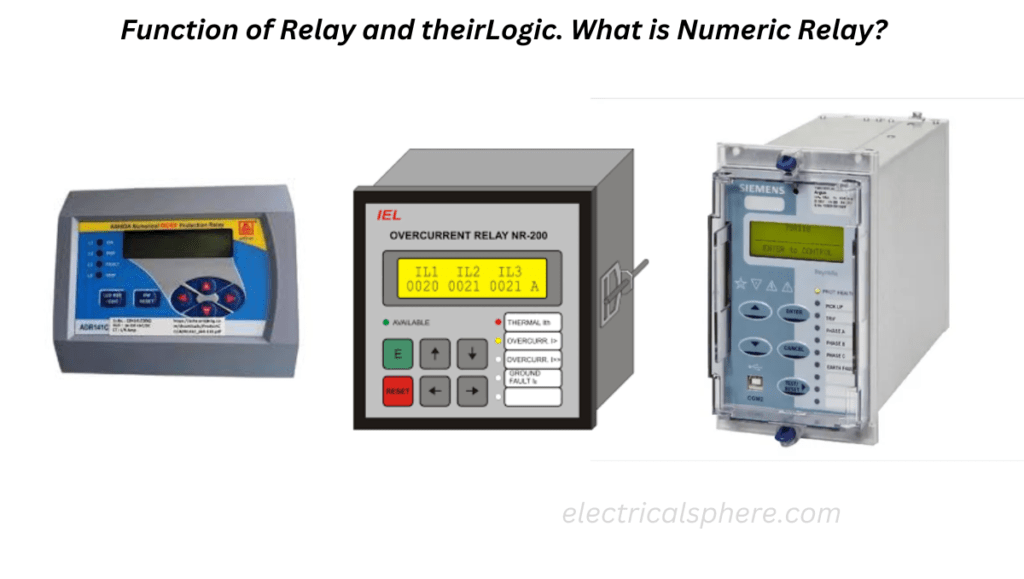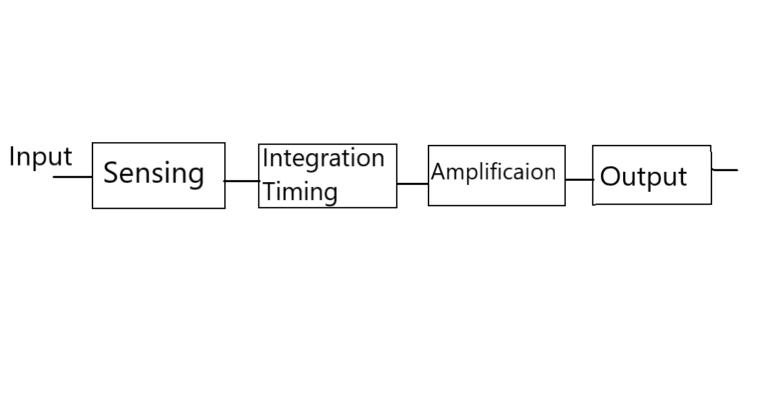
Table of Contents
ToggleDefinition
An electric device that is designed to respond to input conditions in a prescribed manner and, after specified conditions are met, to cause contact operation or similar abrupt change in associated electric control circuits.
Inputs are usually electric, but may be mechanical, thermal, or other quantities or a combination of quantities.
A relay whose function is to detect defective lines or apparatus or other power system conditions of an abnormal or dangerous nature and to initiate appropriate control circuit action.
Introduction
Relays are used in all aspects of activity: home, communication, transportation, commerce, and industry, to name a few. Wherever electricity is used, there is a high probability that relays are involved. They are used in heating, air conditioning, stoves, dishwashers, clothes washers and dryers, elevators, telephone networks, traffic controls, transportation vehicles, automatic process systems, robotics, space activities, and many other applications.
Protective relays and their associated equipment are compact units of analog, discrete solid-state components, operational amplifiers, and digital microprocessor networks connected to the power system to sense problems. These are frequently abbreviated simply as relays and relay systems.
The various protective devices must be properly coordinated such that the primary relays assigned to operate at the first sign of trouble in their assigned protective zone operate first.
In recent years, micro processor based electronic relays have been developed and are being applied at an increasing rate. Microprocessor- based relays are sometimes referred to as numerical type relays since the analog inputs are converted to digital numbers that are then processed within the relay.
With electronic relays, the protection principles and fundamentals are essentially unchanged as are the issues regarding protection reliability. Microprocessor type relays do provide man y benefits such as higher accuracy , reduced space, lower equipment and installation cost s, wider application and setting capabilities, plus various other desirable supplemental features.
Different type of numercic relay used in power system protection like Overcurrent protection relay, Distance protection relay, differential protection for Tramsformer, Earth fault fault protection relay.
Logic of Protective Relay

Logic representation of an electric relay is shown in Figure.The components can be electromechanical, electronic, or both. The logic functions are general in nature, so that in any particular unit they may be combined or, on occasion, not required.
Specific designs and features vary widely with application requirements, different manufacturers, and the time period of the particular design. Originally, all protective relays were of the electromechanical type. Electromechanical type relays are still in widespread use and continue to be manufactured.
Function of Numeric relay
Similar to electromechanical relays, numerical relays receive, and act upon, current and voltage signals as measured at designated locations throughout the power system. These signals are periodically sampled and filtered. The sampled values are instantaneous values as measured on the waveform of the associated parameters that are passed on to an analog– digital converter.
The sample rate for protective functions are limited by the speed at which operational decisions need to be made. A typical range of sample rates might fall into the area of 4 to 16 per cycle. Higher sample rates may be used for other functions such as metering and oscillography since time for providing an output is not critical.
The function of the analog–digital converter is to convert the sampled values into digital form, usually an 8 or 16 bit word. The digital data are then passed along to the microprocessor in which algorithms act upon it to mathematically produce phasor representations of the measured quantities.
Numeric relay in Programmable logic controllers
Many substation designs that use microprocessor protective relays have used programmable logic controllers (PLCs) for the associated control design. PLCs have been developed to replace electromechanical relays as logic elements.
PLCs use a digital computer with a stored program, which emulates the interconnection of many relays to perform certain logical tasks. The programming for PLCs is keyed in as input and displayed as ‘‘ladder’’ diagrams. Such diagrams represent logic as it occurs in sequence in an elementary diagram form.
Application of Numeric relay
- More protection for less cost.
- Wiring simplification.
- Greater flexibility.
- Less maintenance requirements.
- Reduction in panel space—less devices required.
- Event recording capability.
- Ability to calculate and display distance to fault.
- Data acquisition for metering.
- Built-in logic for control and automation.
- Self-checking capability.
- Communication capability ability to design enhanced protection schemes.
- Capability for remote interrogation and setting application.
- Ability to change settings automatically based on system conditions.
Disadvantages of Numeric relay
- Single failure may disable many protective functions.
- Instruction manuals are complicated and difficult to understand.
- Excessive input data required for settings and logic.
- Frequent firmware upgrades—create tracking and documentation problems.
- Difficulty in matching input software with relays, especially when relays have been field modified.

Pingback: Types of Relay used in power system in detail - Electricalsphere
Pingback: Auto Reclose Protection in EHV Transmission Line - Electricalsphere